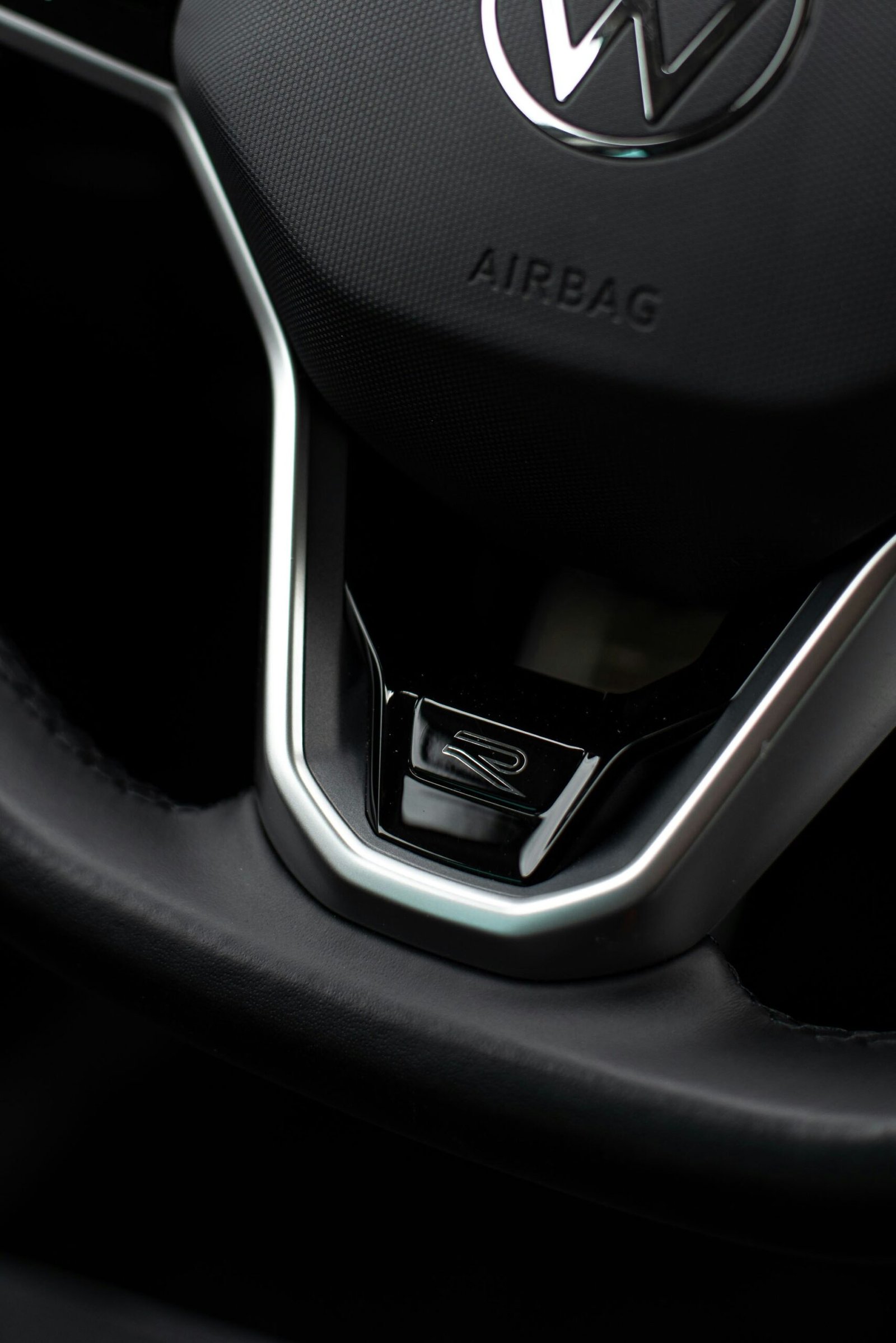The Volkswagen Passat (B1) holds a special place in automotive history as the first generation of the popular Passat model. Introduced in 1973, the Passat (B1) marked the beginning of a long and successful lineage that continues to this day. In this article, we will explore the key features and milestones of the Volkswagen Passat (B1) and its impact on the automotive industry.
A Bold Design
The Volkswagen Passat (B1) was designed to stand out from the crowd. Its sleek and aerodynamic shape, with a distinctive wedge-like silhouette, set it apart from its competitors. The large glass area and clean lines gave the Passat (B1) a modern and timeless appearance that still holds up today.
Inside, the Passat (B1) offered a spacious and comfortable cabin, with high-quality materials and ergonomic design. The dashboard featured a simple and intuitive layout, with easy-to-reach controls and gauges. The Passat (B1) was also one of the first cars in its class to offer a digital clock, a luxury feature at the time.
Performance and Efficiency
The Passat (B1) was available with a range of engines, including petrol and diesel options. The petrol engines ranged from 1.3 to 1.6 liters, offering a balance of power and fuel efficiency. The diesel engines, on the other hand, provided excellent fuel economy and low-end torque, making them popular choices for long-distance driving.
One of the standout features of the Passat (B1) was its front-wheel-drive layout, which improved traction and handling compared to rear-wheel-drive competitors. The suspension was tuned for a comfortable ride, while still maintaining responsive and precise handling. These characteristics made the Passat (B1) a joy to drive, whether on winding country roads or long highway journeys.
Innovative Safety Features
The Passat (B1) was ahead of its time when it came to safety features. It featured front disc brakes as standard, providing excellent stopping power. The Passat (B1) also had a reinforced safety cage, designed to protect occupants in the event of a collision.
Other safety features included a collapsible steering column, energy-absorbing bumpers, and three-point seatbelts for all passengers. These features helped the Passat (B1) achieve high safety ratings, setting new benchmarks for the industry.
A Legacy of Success
The Volkswagen Passat (B1) paved the way for future generations of the Passat model, each building upon the success of its predecessor. The Passat (B1) set the standard for design, performance, and safety in its class, and its influence can still be seen in modern-day Passat models.
Over the years, the Passat has evolved and grown, incorporating the latest technologies and innovations. From the Passat (B1) to the current generation, the Passat continues to be a popular choice for those seeking a reliable, comfortable, and stylish family car.
In Conclusion
The Volkswagen Passat (B1) holds a special place in automotive history as the first generation of the iconic Passat model. Its bold design, performance, and innovative safety features set new standards in its class. The Passat (B1) laid the foundation for the success of future Passat models and continues to be a beloved car among enthusiasts. Whether you’re a fan of classic cars or simply appreciate automotive history, the Passat (B1) is a true icon.

Leave a Reply